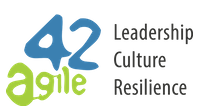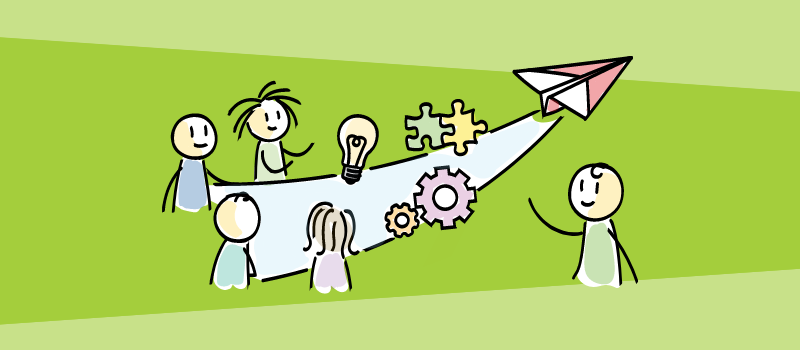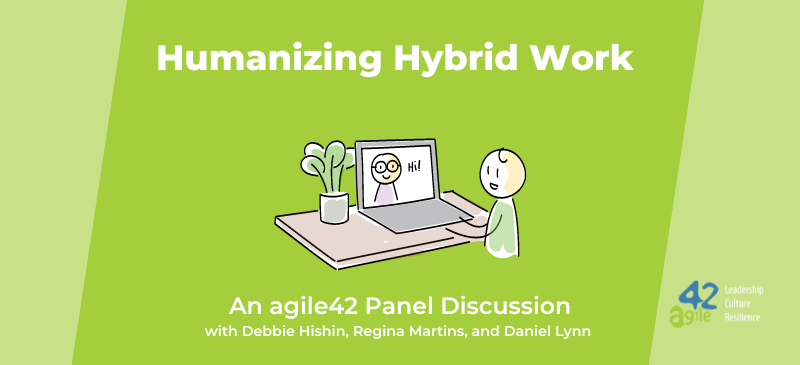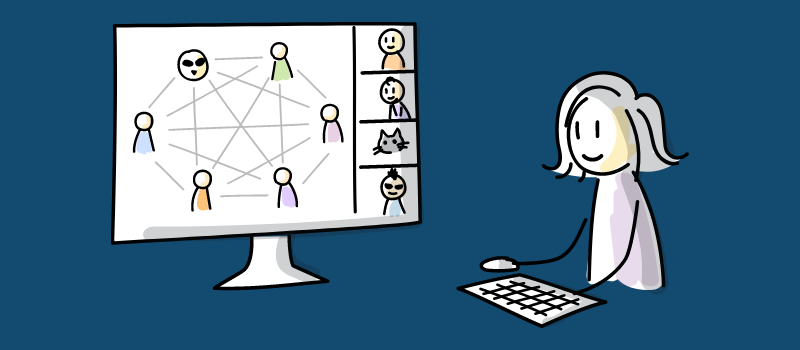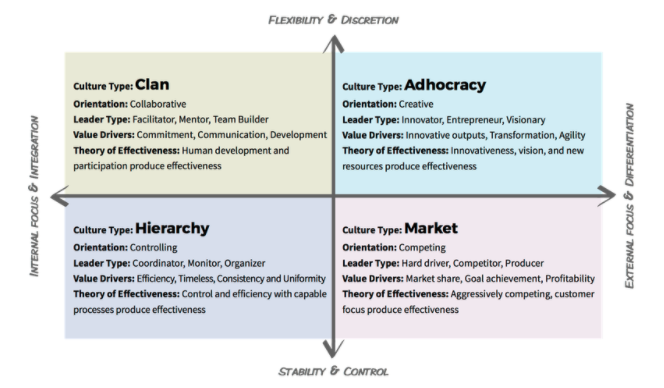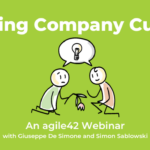The Need for Leaders of Change
Change is inevitable, and organizations must address this challenge by reinventing themselves and becoming more resilient. A crucial step towards achieving this is to focus on growing leaders of change in your organization.
As a child, I recall being curious, eager to explore, and spending countless hours building Lego castles for imaginary heroes. My friends and I were spontaneous and experimental, always willing to try new and often adventurous things. However, reflecting on my time in school and my experience as a teacher, I realize that our school systems have failed to cultivate these qualities. Instead of being encouraged to learn from mistakes, I was taught that mistakes are bad, risk-taking is dangerous, and asking challenging questions is disruptive.

However, today’s world of work highly values these ‘lost’ capabilities. We now recognize that innovation, change, and resilience cannot be achieved through traditional management styles alone. When we foster a culture and mindset of adaptability within the workforce, organizations can succeed and reach their goals.
From Managers to Leaders
The connections between school and the workplace are easy to draw. Our traditional management and teaching styles of planning, organizing, and expecting results has worked in the past, but times have changed. Employees no longer work solely for money; they want to be part of something greater, to understand a company’s vision and mission, and feel like a part of its success.
For organizations this means a shift from management to leadership. We need leaders who can inspire and motivate their teams to adapt and innovate. We need leaders who can create a shared vision, empower their employees, and foster a culture of creativity and innovation.
The Importance of Leadership in Building Resilience
In addition to changes in the market, organizations must also navigate unforeseen events like the COVID-19 pandemic, which require resilience and agility. Effective leadership plays a crucial role in developing a resilient company by fostering a culture of creativity and innovation and empowering employees to take responsibility.
At agile42, we approached the pandemic with this in mind. Since we were already a widely distributed team, remote and hybrid work was not a significant challenge for us. That was not the case, however, for many of our clients. We supported them in transitioning to remote work and overcoming related challenges such as effectively working from home and implementing the effective processes.
Internally, we had to make some changes too. We transformed our content and teaching methods to the remote environment by developing e-learning courses that included expert knowledge and our unique style of interaction, motivation, and methodology. This allowed our clients to learn at their own pace from where they were located in the world, and in their preferred language. Resilience was the key capability that enabled us to adapt quickly and effectively.

Building Leadership in
Leadership involves motivating and inspiring teams, promoting a culture of creativity and innovation, and establishing strong relationships based on trust and mutual respect. But leadership is not only about top-level employees: many of the most successful companies build leadership into every level.This involves creating a leadership mindset within the organization, where team members have the necessary skills and expertise to solve problems and make their own decisions within their area of expertise. By building leadership in, employees can take ownership of their work, make better decisions, and continuously learn and improve.
A Unique Approach to Leadership
At agile42, our approach to leadership is one of the ways we help organizations make meaningful changes. It’s called ORGANIC agility and it is a human-centric approach to organizational agility. It emphasizes the importance of people, collaboration, and continuous learning. The ORGANIC approach recognizes that organizations operate in a complex and uncertain environment, and seeks to help them become more resilient and adaptable to change.
There are five key principles to the method, supported by the various methods, processes and structures we employ.
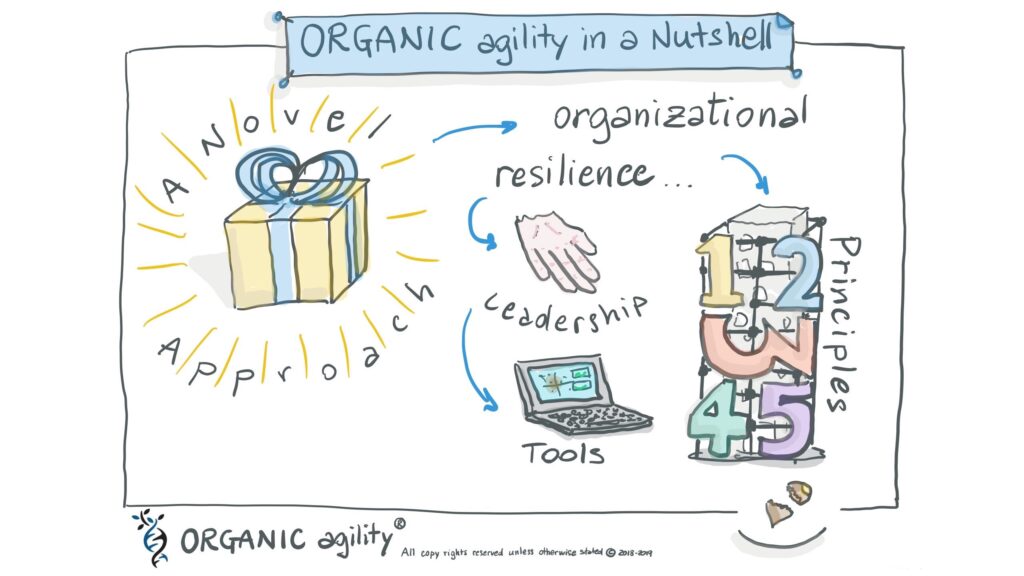
Cultivating a Culture of Trust
Trust is an essential ingredient for resilience, enabling teams to collaborate and respond to challenges with confidence. ORGANIC agility emphasizes the need to build trust through transparent communication, mutual respect, and collaborative work.
Encouraging Experimentation
The ORGANIC agility approach urges organizations and leaders to experiment and learn from their experiences. This helps to adapt quickly to changing circumstances and opportunities, which in turn fosters resilience.
Promoting a Learning Mindset
A mindset of continuous learning helps organizations to become and remain agile and adaptable in the face of change. It builds resilience by encouraging constant improvement as well as the development of new skills and knowledge.
Empowering Self-Organization
Encouraging self-organization and distributed decision-making empowers individuals to take ownership of their work and respond to challenges as they arise. When individuals can act proactively and quickly, companies are more resilient.
Prioritizing People
The ORGANIC agility framework recognizes that people are an organization’s most valuable asset and prioritizes their well-being and development. Resilient organizations are built on a culture of support and care, and prioritize helping individuals cope with challenges and setbacks, promoting their growth and development.
How can ORGANIC agility help you?
ORGANIC agility provides a modern leadership approach that supports the kind of agility and resilience required of today’s businesses. When your business and your leaders embrace the principles of ORGANIC agility, leadership teams can foster a culture of creativity and innovation, empower employees to take responsibility, and build trust and respect across the organization. This approach can help you to adapt quickly and effectively to changing market conditions and unforeseen events, and to achieve sustainable success in the long run.
Reach out to us if you want to find out more about how we can help your organization.
